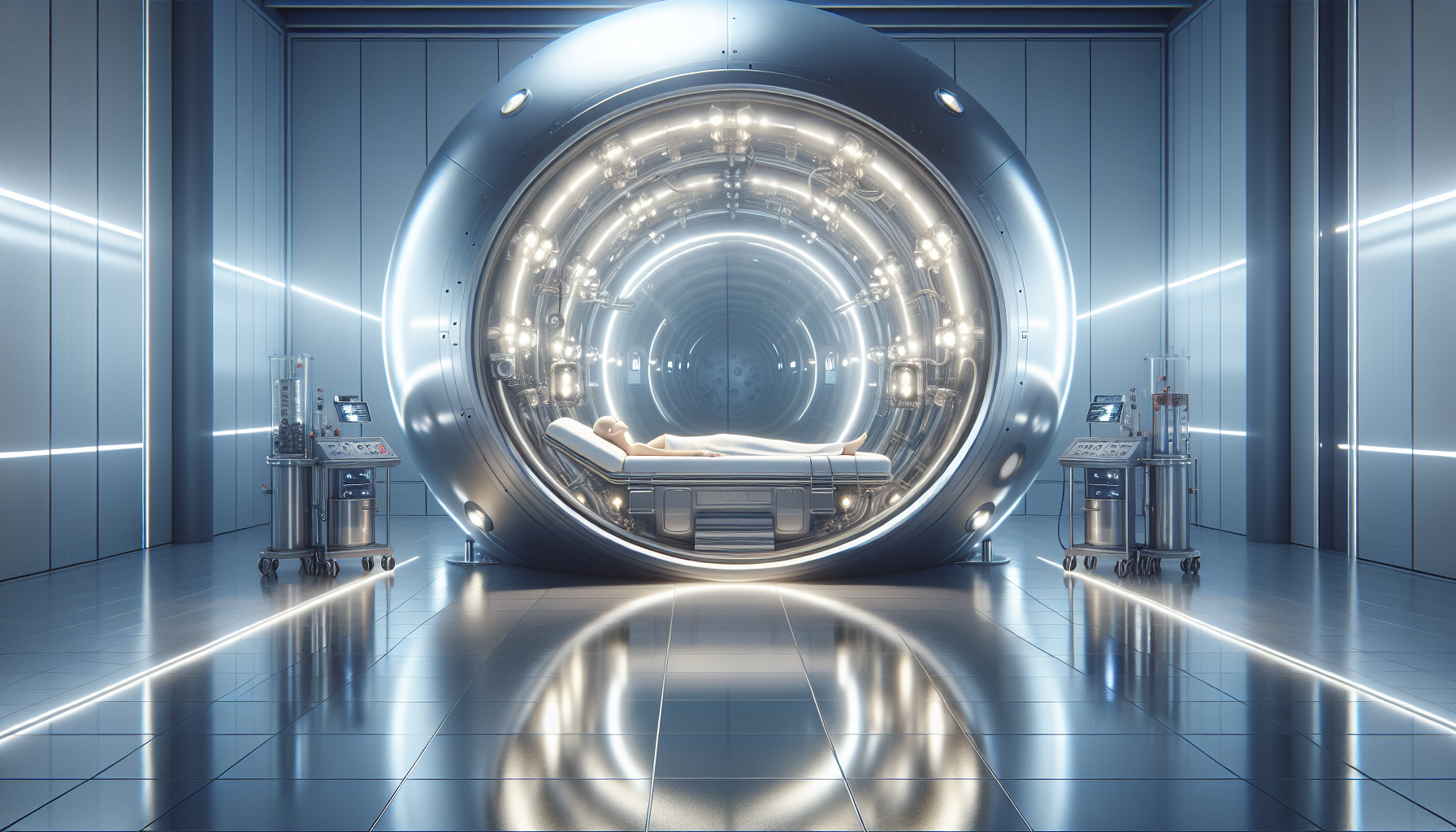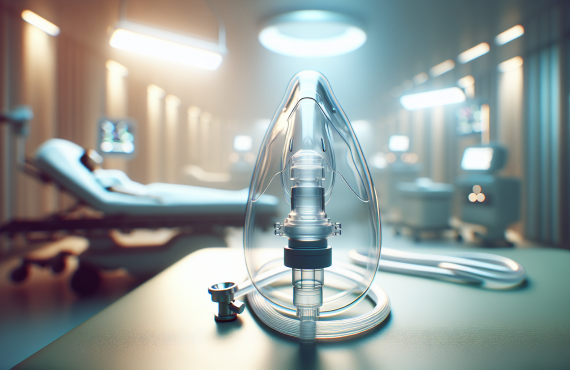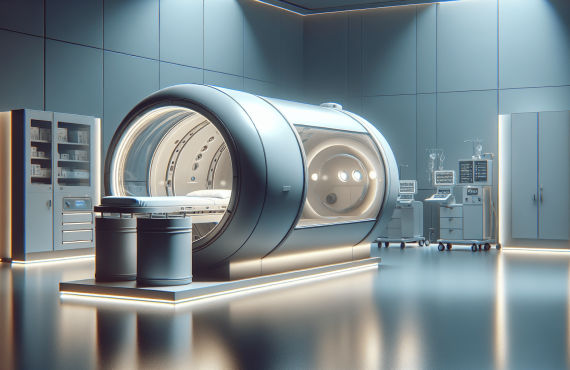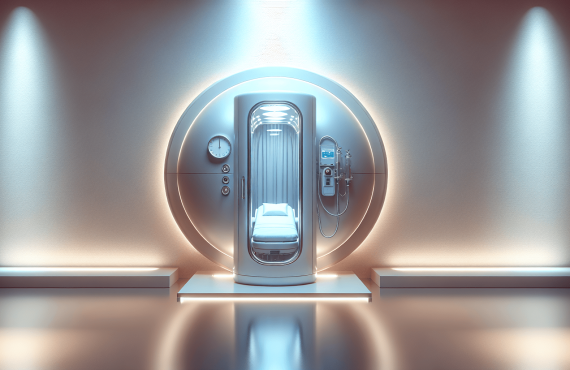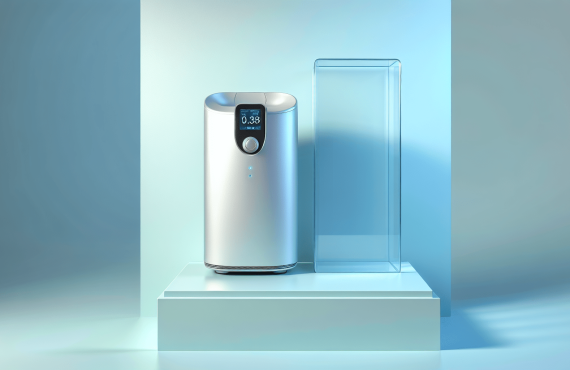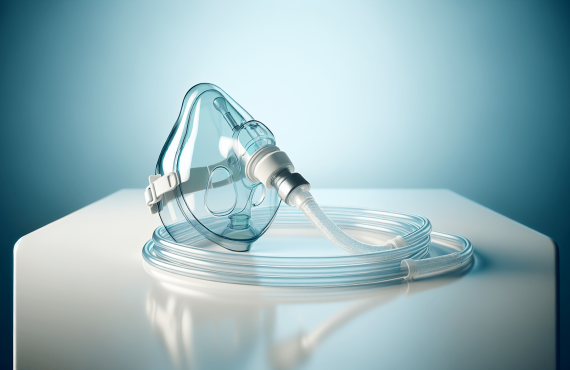Have you ever wondered how long it takes for oxygen therapy to start working? This therapy, often referred to as a life-enhancing treatment, has roots deep enough to branch out to various health benefits. Let’s take a casual stroll through the fascinating world of oxygen, its healing power, and how it just might fit snugly into your health regime like a custom-made glove. Grab a comfortable seat, a cup of your favorite beverage, and let’s get into the nitty-gritty of how oxygen therapy works.
Table of Contents
What is Oxygen Therapy?
Oxygen therapy involves breathing in pure oxygen in a controlled setting. It comes in a variety of forms, including Hyperbaric Oxygen Therapy (HBOT). Picture yourself in a cozy chamber designed specifically for this purpose, where the ambient pressure and oxygen levels are much higher than what you’d find in the air we breathe every day. Why bother with such a setup, you ask? Simple—the increased pressure and oxygen levels help your body heal faster and more effectively.
The Science Behind Hyperbaric Therapy
In this high-pressure environment, your lungs get a chance to soak up more oxygen than usual. Once your bloodstream is saturated with all this extra oxygen, it acts like a bustling delivery service, taking the much-needed element to parts of your body that, under normal circumstances, might be oxygen-deprived. It’s like calling for takeout, only your body does this automatically with oxygen as the main course.
Consider what happens inside you: this oxygen-rich blood reaches those long-forgotten areas, stirring up healing processes, reducing inflammation, and even boosting your immune functions. It’s like your body hitting a reset button for optimal performance.
How Long Does It Take To See Results?
For those of you yearning to hear how quickly this oxygen party gets started, here’s your answer: it depends. The onset of oxygen therapy’s effects varies based on a few factors, such as the health condition being treated, the severity, and how frequently you receive treatments.
Immediate Effects: Patience with a Plan
Some individuals start feeling a difference after just one session, experiencing increased energy levels or improved concentration. However, that’s not the case for everyone. Often, it requires a series of sessions to weave its magic deeply within your tissues.
In chronic conditions like diabetic foot ulcers or radiation injuries, it can take several sessions to witness significant improvement. That’s because these issues have developed over time and need a gradual healing process. So, if you don’t feel like Superman after your first session, don’t fret. Healing is on its own clock.
Chronic Conditions: An Ongoing Journey
For issues such as chronic wounds or infections that haven’t responded to other treatments, it may take up to 20-40 sessions to see noticeable results. Each session typically lasts around 90 minutes, but they lay a solid foundation for long-term health improvements that are worth the patience.

Safety and Considerations
Before you jump on the oxygen therapy wagon, it’s important to consider its safety and understand who can best benefit from it. This therapy is generally considered safe, but it’s not for everyone.
Who Should Avoid It?
While most individuals can safely undergo oxygen therapy, there are exceptions. If you have a history of claustrophobia, it might not be ideal, although some centers are built to accommodate these concerns. People with certain lung diseases might also be advised to avoid this therapy. Always consult your medical provider first to determine if it’s a suitable option for you.
Frequently Asked Questions
Let’s tackle a few typical queries. Such questions often flutter around like lingering thoughts that refuse to settle.
-
Can oxygen therapy help with fatigue?
- Yes, patients often report feeling more energized after treatments because increased oxygen can boost cellular function.
-
Is the therapy painful?
- Not at all. The process is generally very relaxing. Some liken it to meditation, offering a peaceful escape from day-to-day stresses.
-
How do I prepare for a session?
- Wear comfortable clothing and make sure to avoid alcohol or caffeine before your appointment. Listening to a podcast or an audiobook during the session can help you relax.
-
Are there any side effects?
- Some might experience mild ear discomfort due to pressure changes akin to what you feel on a plane. It’s temporary and manageable.
-
Does insurance cover oxygen therapy?
- Coverage varies, so it’s always best to check with your insurance provider about specific treatments.

Your Local Expert: Henry Chiropractic
For anyone intrigued by the therapeutic marvel of oxygen therapy and eager to explore such options, think close to home first. Henry Chiropractic is your go-to spot specializing in health enhancements through chiropractic care—a complement to your health puzzle.
Meet Dr. Craig Henry
Dr. Henry owns and operates Henry Chiropractic in Pensacola, FL. He is your friendly neighborhood chiropractor, dedicated to enhancing health and wellness through chiropractic breakthroughs. Whether you’re dealing with pesky back or neck pain or simply aiming to greet mornings with more gusto, Dr. Henry has you covered.
Meet Dr. Aaron Hixon
Dr. Aaron Hixon works alongside Dr. Henry as a skilled chiropractor with a passion for helping others. As a Florida native trained in an array of techniques, Dr. Hixon loves to keep himself active and is as full of life and energy as he appears in the office.
If the idea of oxygen therapy piques your interest, consider connecting with Dr. Craig Henry.
Contact Information:
Henry Chiropractic
1823 N 9th Ave
Pensacola, FL 32503
(850) 435-7777
Website
In conclusion, whether the effects of oxygen therapy are instant or gradual, they pave the way for a restorative process that can significantly enhance your quality of life. The fusion of oxygen therapy with proper chiropractic care might be just what you need to unlock those stubborn health mysteries and embrace better wellness.













